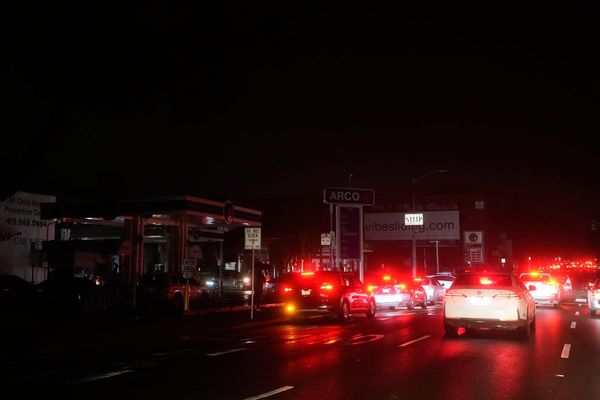A giant ship nearly two rugby fields long collided with a 23m fishing boat in a terrifying night-time crash that miraculously avoided any deaths.
The 179m-long bulk carrier Rose Harmony was leaving Christchurch's Lyttelton port on January 12 last year when the incident unfolded.
It was fair weather, with good night visibility and easy sea conditions, according to a Transport Accident Investigation Commission (TAIC) report released today.
The Rose Harmony was outbound for Dunedin with passengers from the vessel's charterer on the bridge, while the fishing vessel Leila Jo was heading to its home port of Lyttelton after fishing in Pegasus Bay.
/cloudfront-ap-southeast-2.images.arcpublishing.com/nzme/ZVL2MVWI6KZ622KJQCQIVGVZTQ.jpg)
Leila Jo's skipper was resting and a deckhand was keeping the navigational watch.
The third officer on the Rose Harmony observed the Leila Jo when it was more than three nautical miles (5.6kms) away.
And the deckhand on the Leila Jo had sighted a vessel leaving Lyttelton on the vessel's radar but had not tracked the target or observed it with binoculars.
They were on course for a head-on collision.
At 10.59pm, they smashed into each other.
/cloudfront-ap-southeast-2.images.arcpublishing.com/nzme/XUHQX67QYTBGNOYAK54PKN4QUE.jpg)
Remarkably, neither vessel was substantially damaged – and just one person on the Leila Jo received minor injuries.
TAIC's final report says there are many recorded collisions worldwide between large vessels and small fishing vessels which have resulted in fatalities.
TAIC says the bridge team on board the Rose Harmony had a low situational awareness of other marine traffic in the vicinity and had been distracted by passengers on the bridge. The crew also did not make best use of radar equipment and the absence of long-range scanning to obtain early warning of the risk of collision were "significant factors".
The sole watchkeeper on board the Leila Jo, meanwhile, also had low situational awareness because the radar equipment was not used to plot the track of the Rose Harmony. Leila Jo's watchkeeper was not sufficiently familiar with the collision-prevention rules to undertake a sole watch, TAIC adds.
TAIC noted that collision-prevention rules provide the mandated standard to be followed by all vessels at sea to prevent collisions of two or more vessels.
"The risk of collisions will inevitably be high if the rules are not adhered to by one or more vessels," TAIC says.
"Navigating in pilotage waters is a safety-critical phase of a voyage. It is important that all unnecessary distractions are mitigated during these times, particularly the presence of people on the bridge who are not essential to its operation.
"If collisions between vessels are to be avoided, anyone undertaking a sole bridge watch must be sufficiently trained in the collision-prevention rules and be fully familiar with the bridge equipment at their disposal."
It recommended that Pegasus Fishing Ltd, which owned the boat, upskills deckhands in watchkeeping practices, while Maritime New Zealand should review watchkeeping training programmes.







